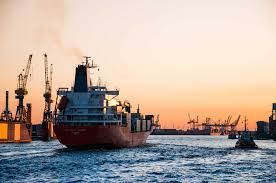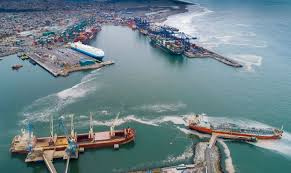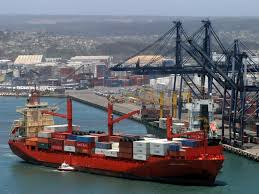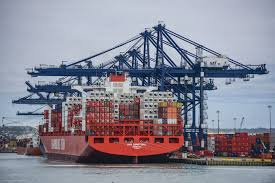What challenges does the Port of San Antonio face?

What challenges does the Port of San Antonio face?
What challenges does the Port of San Antonio face? The Port of San Antonio is a crucial maritime hub for Chile, contributing significantly to trade and the economy.
However, like many ports worldwide, it faces various challenges that can impact its operations and growth.
Understanding these challenges is essential for recognizing the port’s role in the larger economic landscape.
Here’s an overview of some of the key challenges facing the Port of San Antonio.
Infrastructure Limitations
One of the primary challenges is aging infrastructure that requires significant upgrades.
While the port has made strides in modernization, some facilities and equipment still need improvement.
Outdated infrastructure can lead to inefficiencies in loading and unloading operations, affecting overall productivity.
Continued investment in infrastructure is crucial for keeping pace with growing trade demands.

Congestion and Traffic Management
Congestion is a common issue in busy ports, and San Antonio is no exception.
Increased shipping traffic can lead to bottlenecks, delaying vessel arrivals and departures.
Managing traffic effectively is essential to minimize disruptions and enhance operational efficiency.
Implementing better logistics solutions and scheduling practices can help mitigate these congestion issues.
Environmental Regulations
As environmental concerns grow, ports must navigate increasingly stringent regulations.
The Port of San Antonio faces pressure to adopt sustainable practices and reduce its environmental impact.
Compliance with regulations can require significant investments in technology and infrastructure.
Balancing economic growth with environmental sustainability presents a complex challenge for port management.
Competition from Other Ports
The Port of San Antonio competes with other ports in the region, such as Valparaíso and San Vicente.
Competition can impact cargo volumes and attract shipping lines to other locations.
To maintain its competitive edge, the port must continually improve services and facilities.
Developing unique offerings and building strong relationships with shipping companies are essential strategies.
Labor Issues
Labor-related challenges can also affect port operations.
Strikes, labor shortages, and disputes can disrupt normal activities and lead to delays.
Maintaining positive labor relations and ensuring workforce satisfaction are vital for smooth operations.
Addressing workforce needs through training and fair labor practices can help alleviate these challenges.
Technological Adaptation
The maritime industry is rapidly evolving, with advancements in technology transforming operations.
The Port of San Antonio must keep pace with technological innovations to enhance efficiency.
Implementing new technologies, such as automated systems and digital tracking, requires investment and training.
Failure to adapt to technological changes can hinder the port’s growth and competitiveness.
Security Concerns
As a busy port, security is a constant concern for the Port of San Antonio.
Threats such as smuggling, theft, and cyberattacks pose risks to operations and cargo safety.
Implementing robust security measures is essential for protecting assets and maintaining trust with stakeholders.
Regular training and updates on security protocols are vital for staff preparedness.
Economic Fluctuations
Economic fluctuations can significantly impact shipping volumes and trade patterns.
Global market changes, currency fluctuations, and trade policies influence cargo movements.
The Port of San Antonio must be adaptable to shifting economic conditions to remain resilient.
Building strong relationships with shipping companies can help mitigate the impacts of economic changes.
The Port of San Antonio
The Port of San Antonio faces various challenges that can affect its operations and growth potential.
From infrastructure limitations and congestion to environmental regulations and competition, addressing these challenges is crucial.
With continued investment, technological adaptation, and strong stakeholder relationships, the port can overcome obstacles.
By understanding these challenges, stakeholders can work together to ensure the port remains a vital player in Chile’s economy!





Leave a Reply